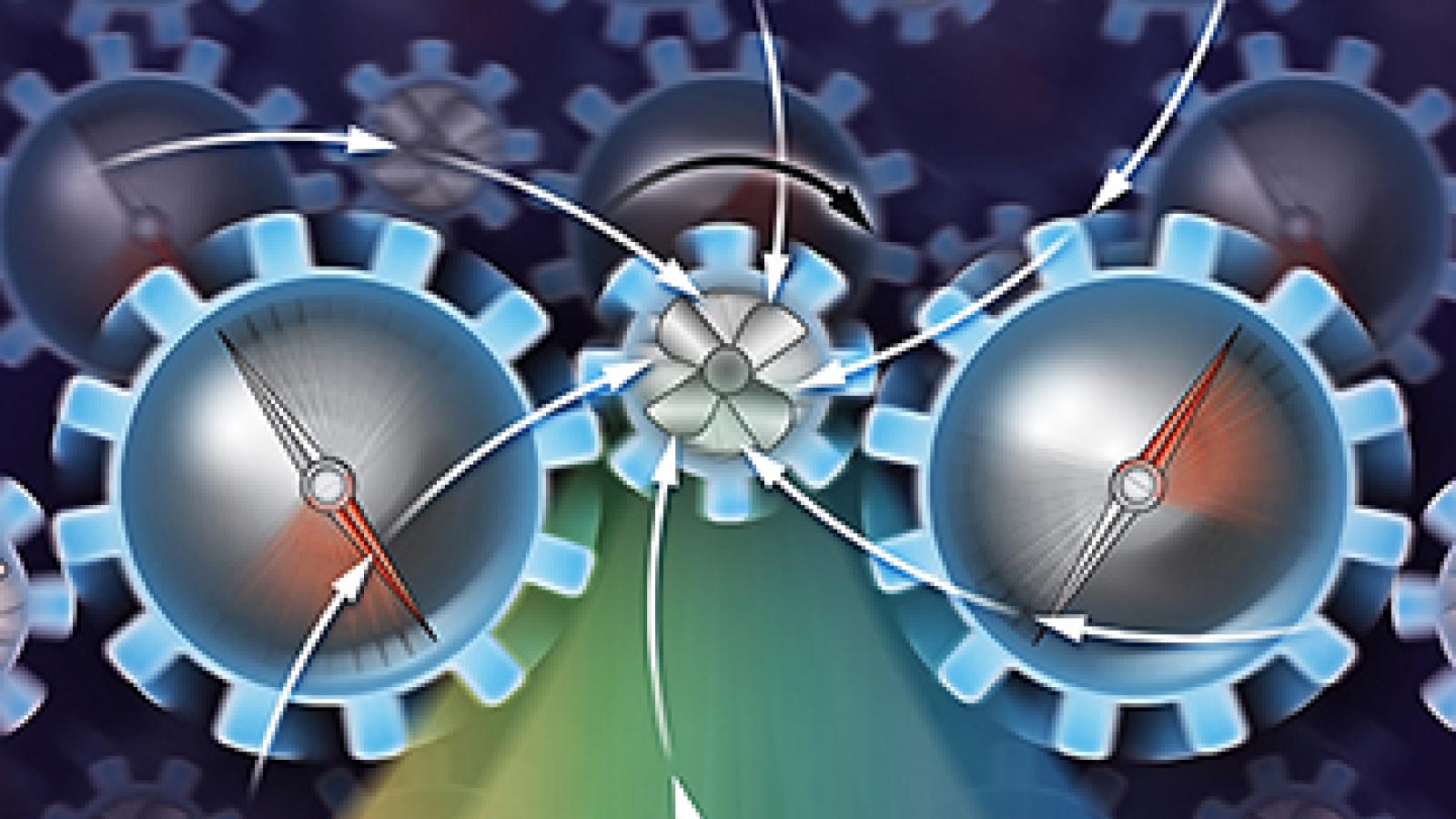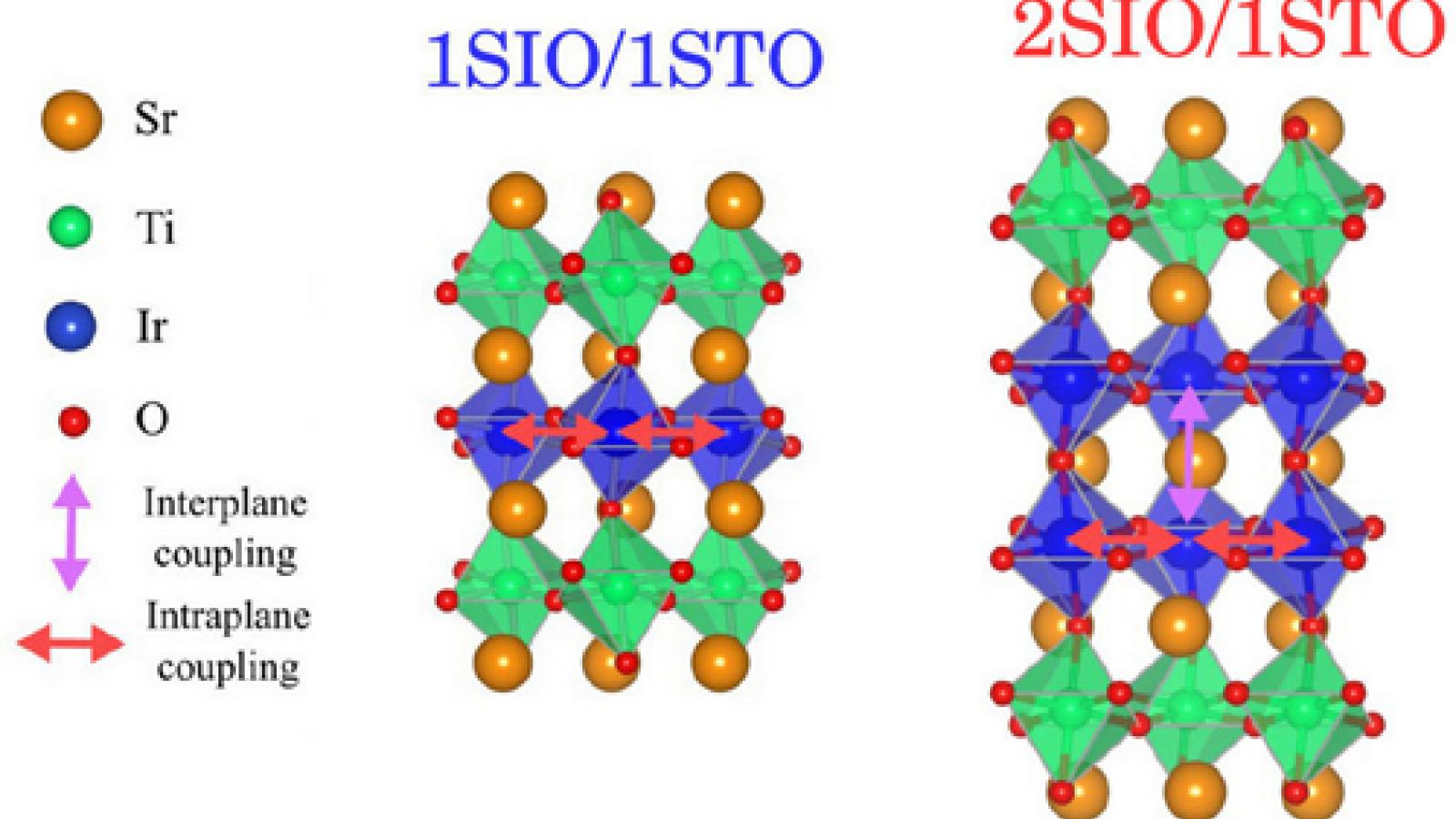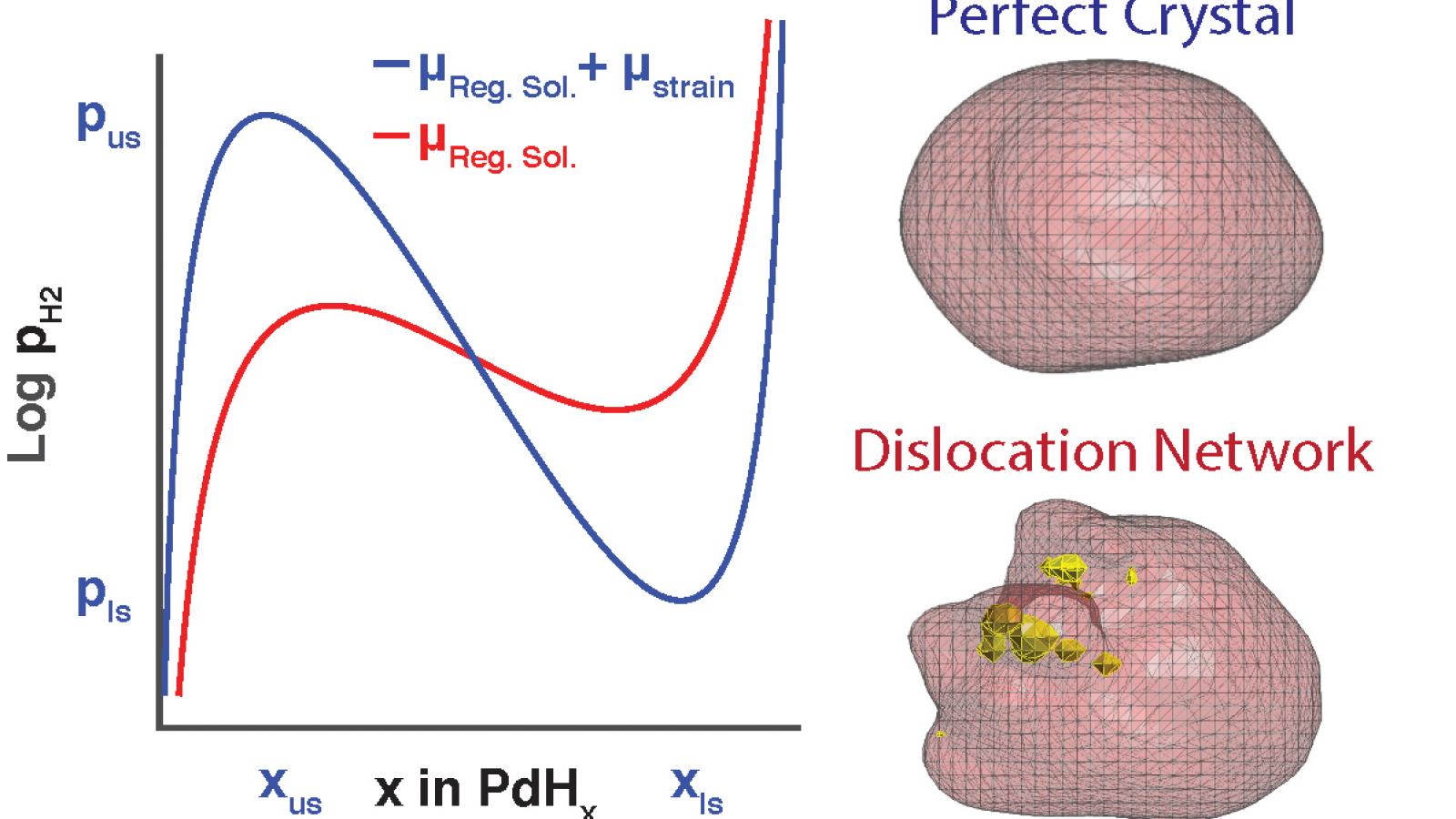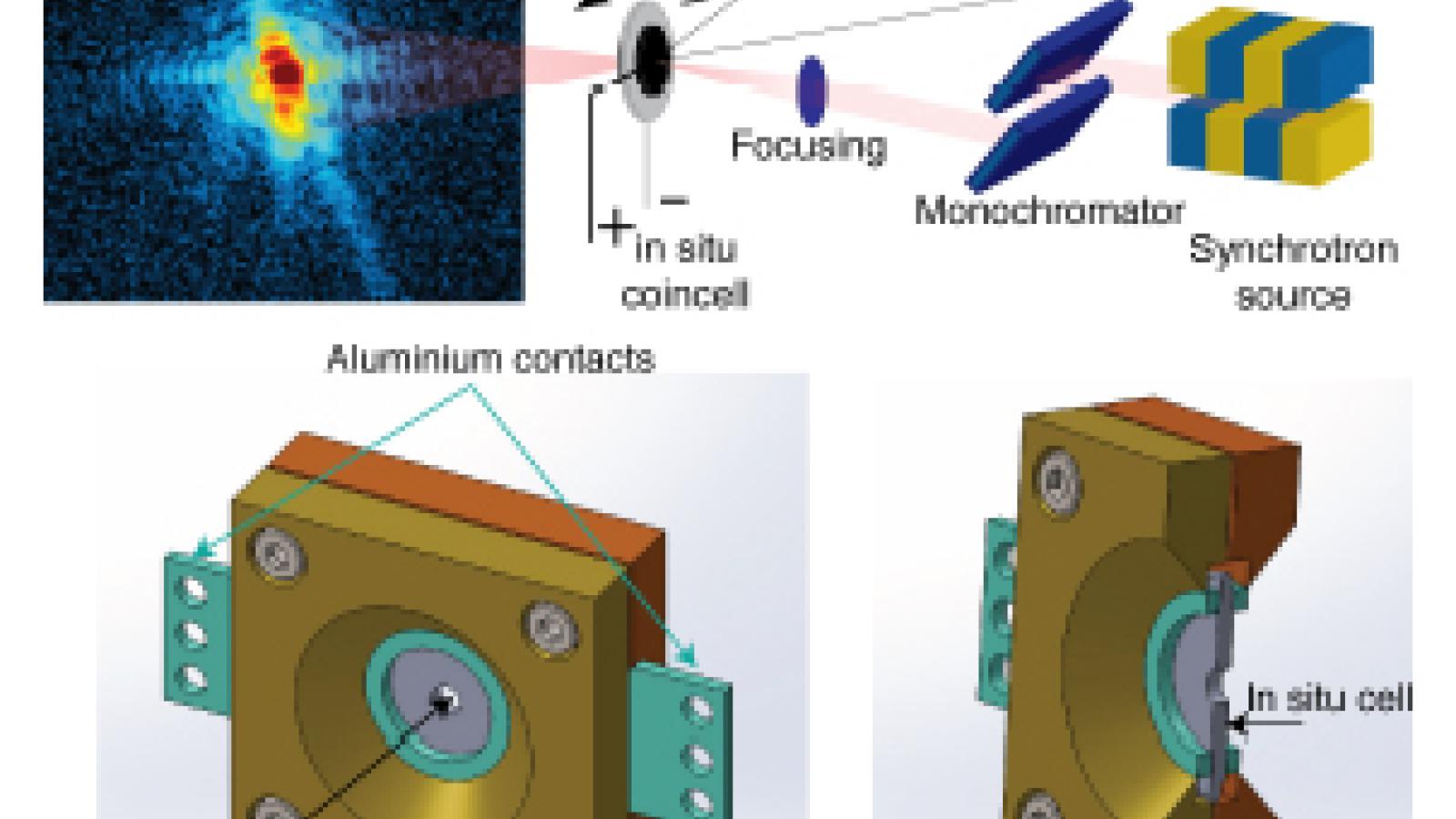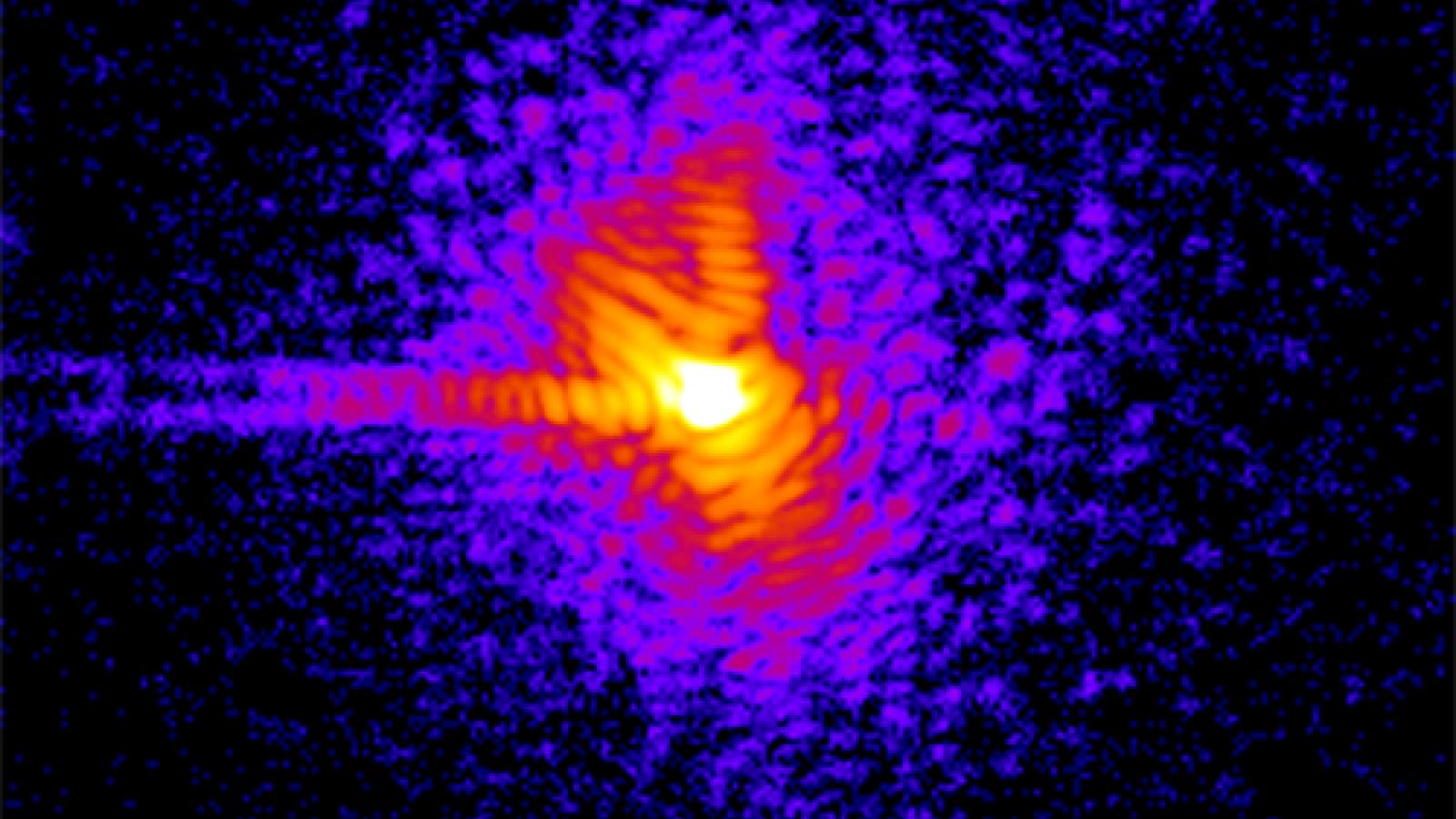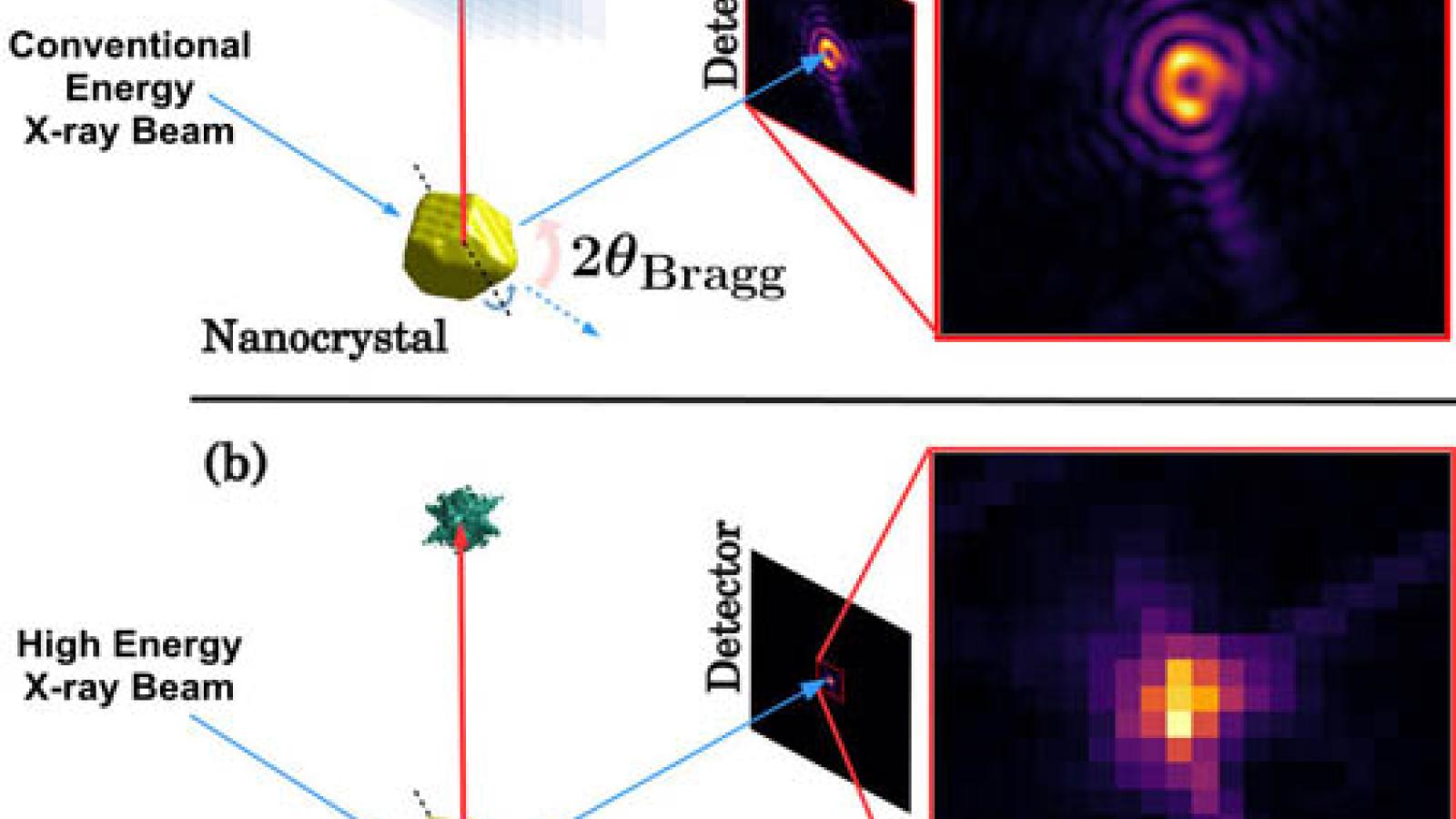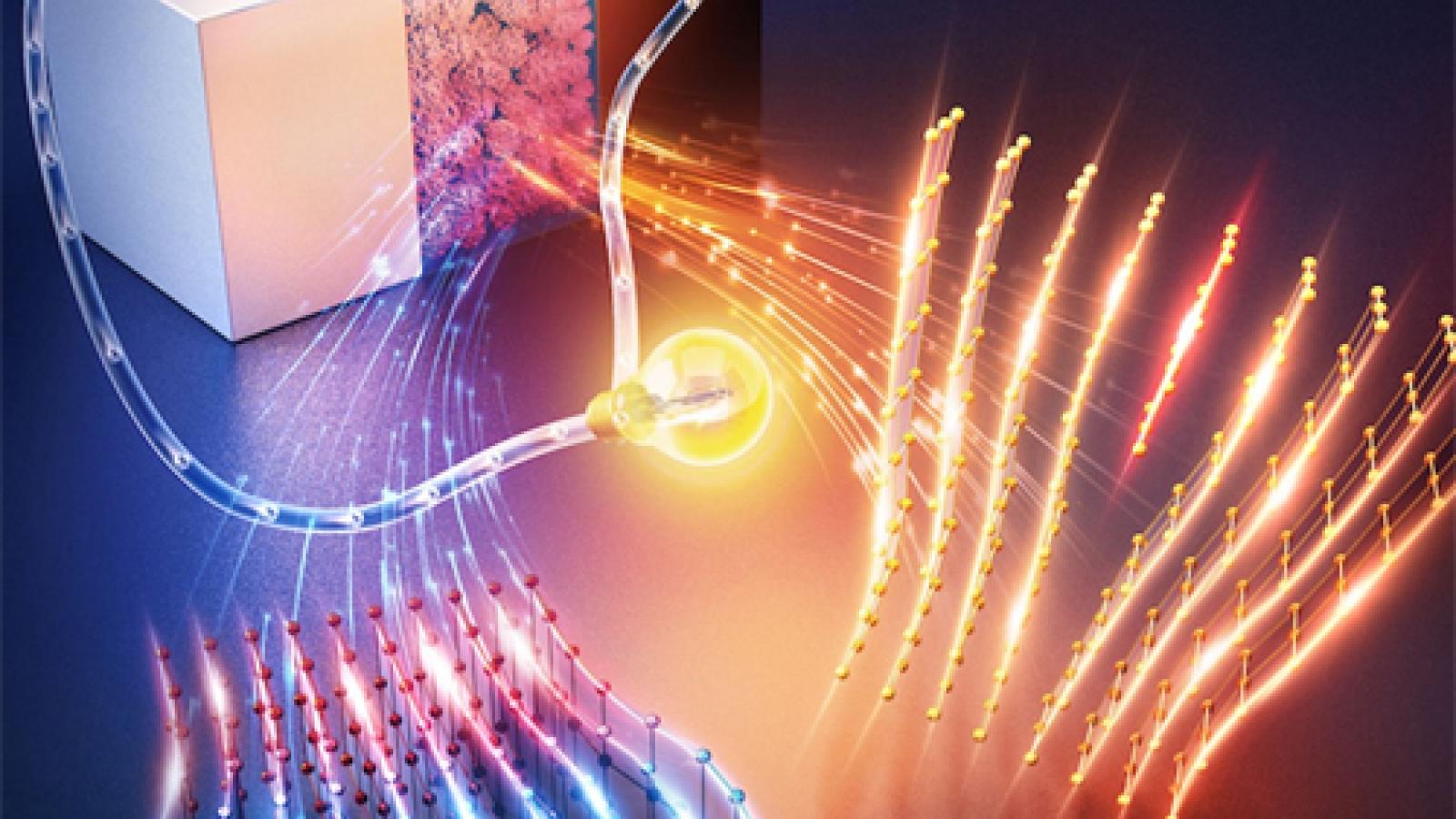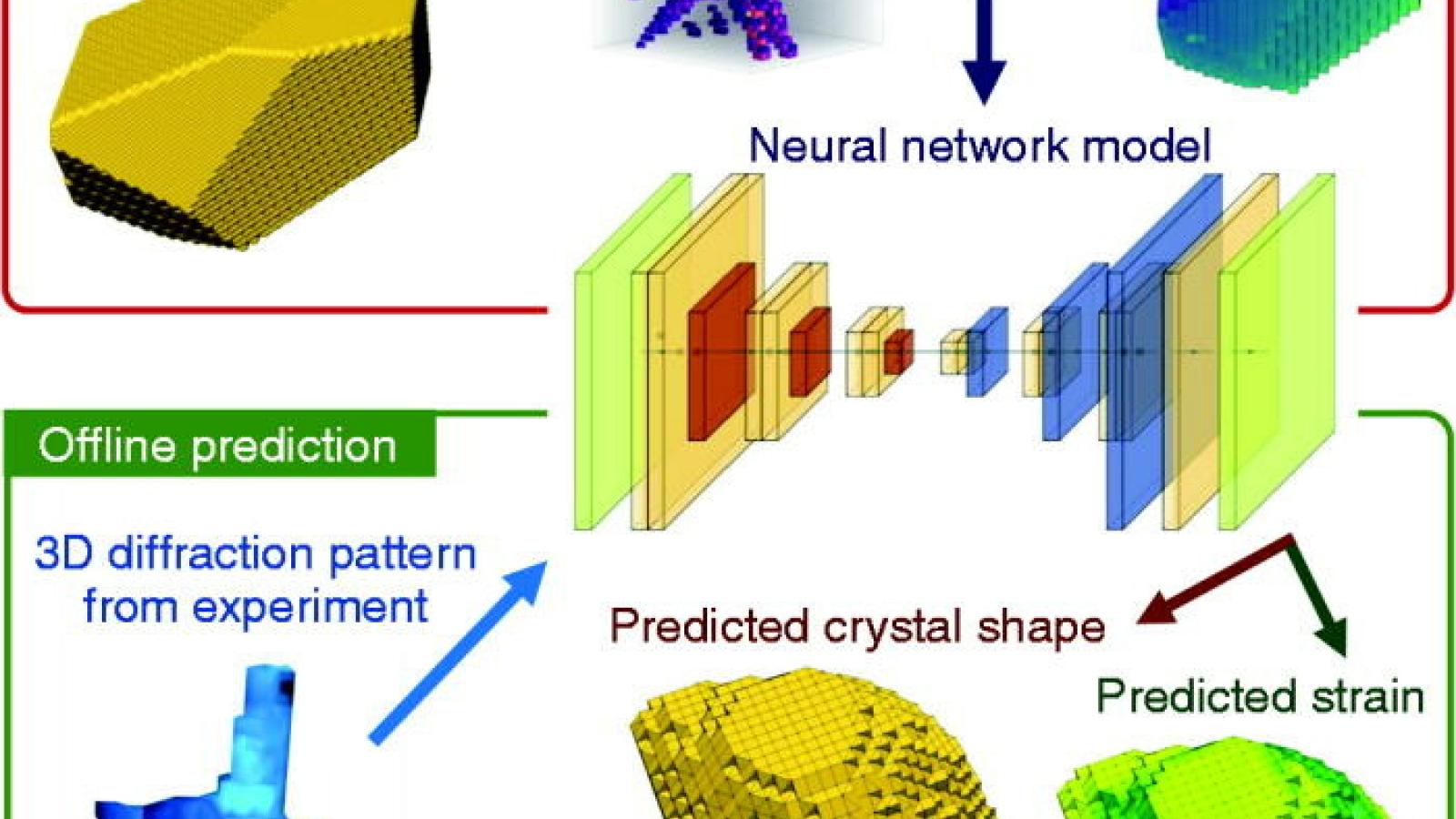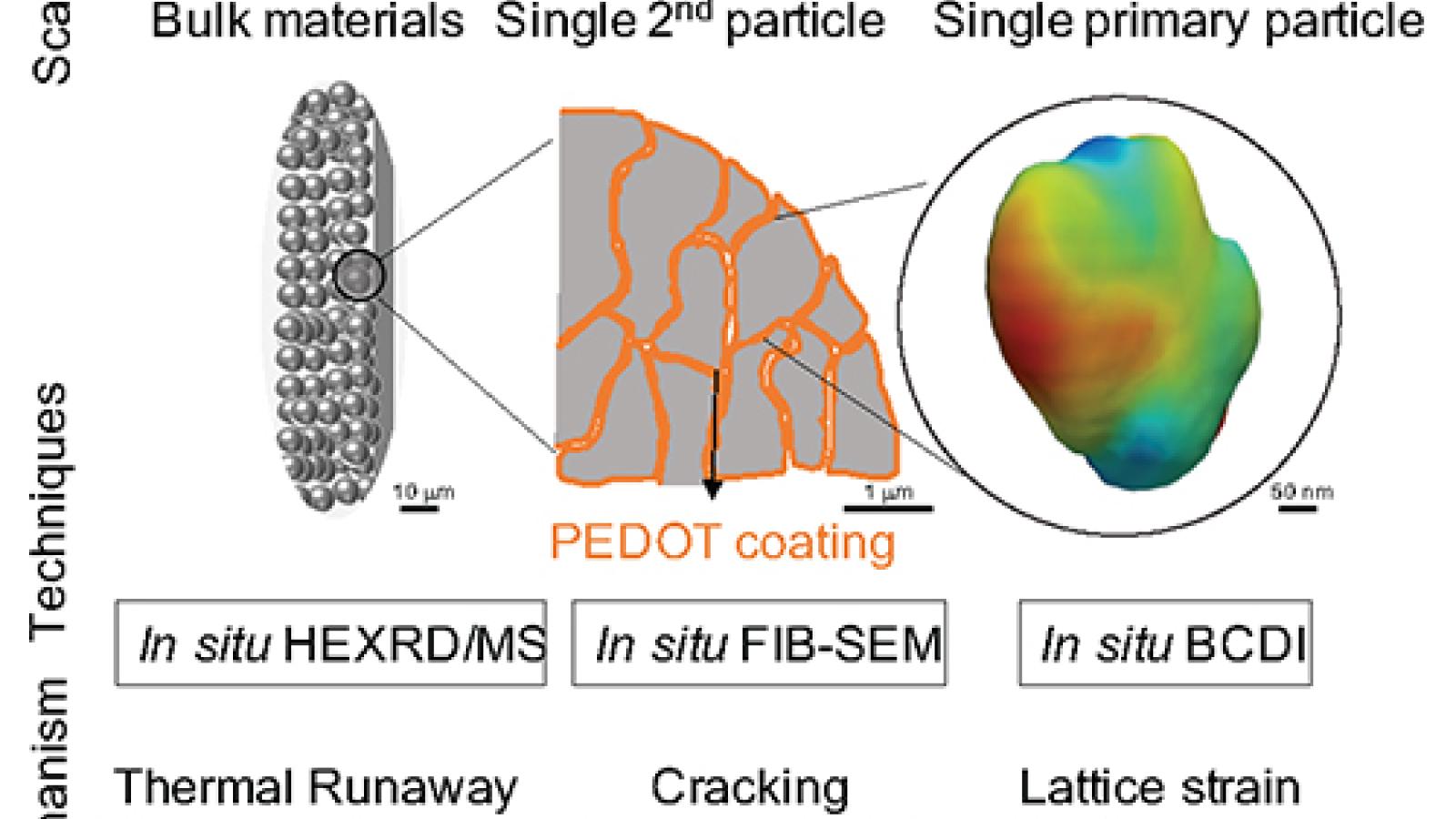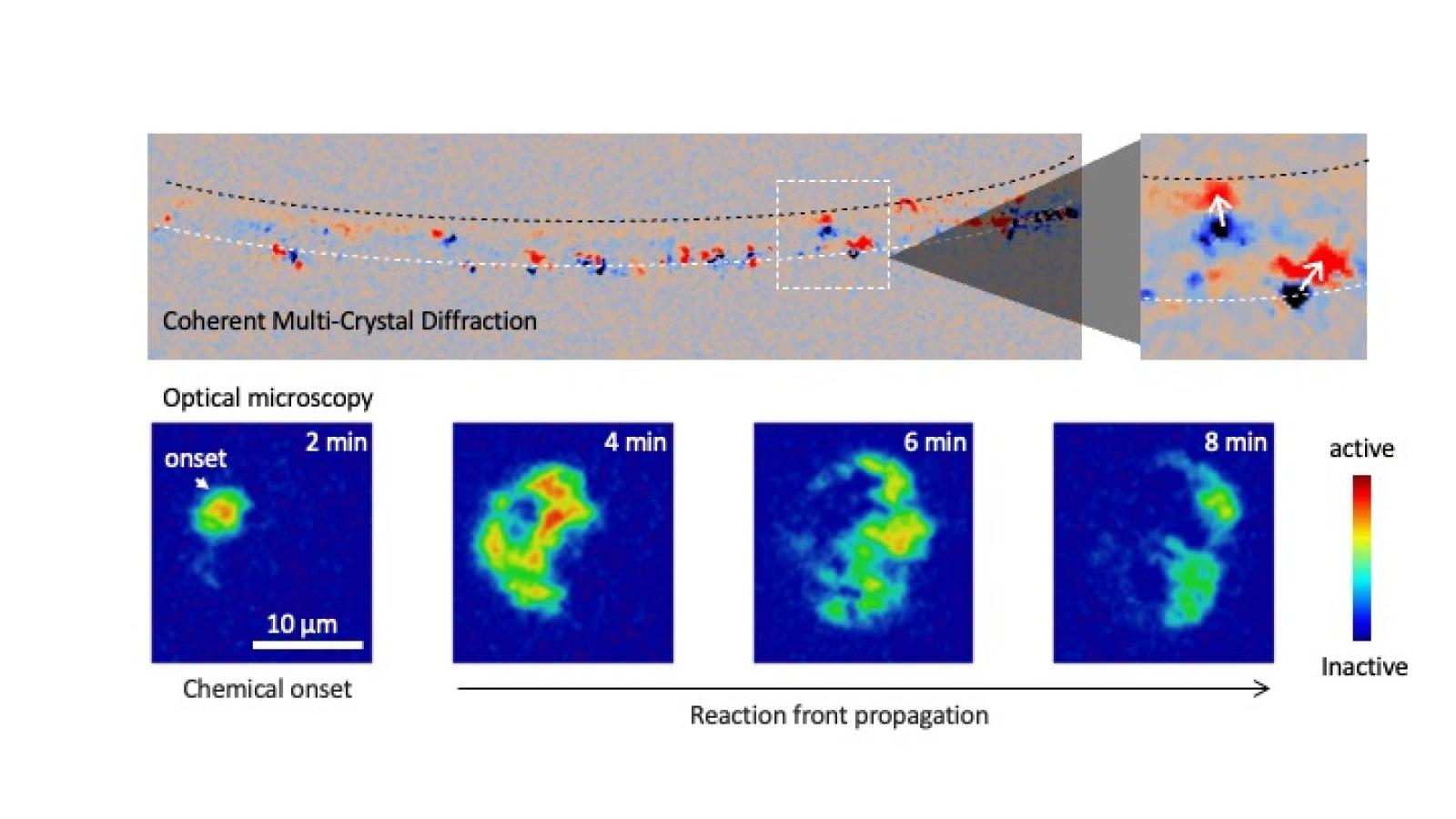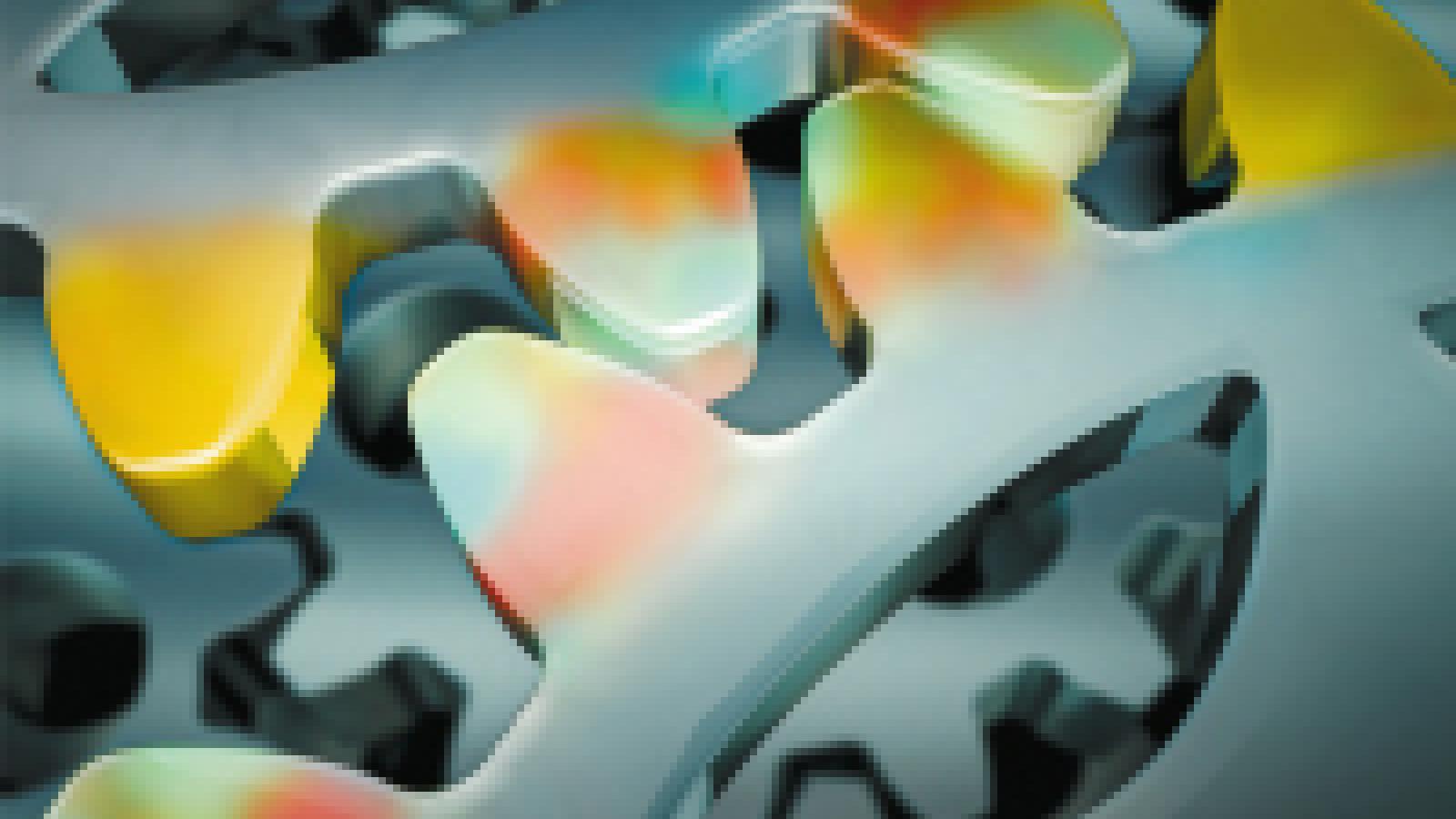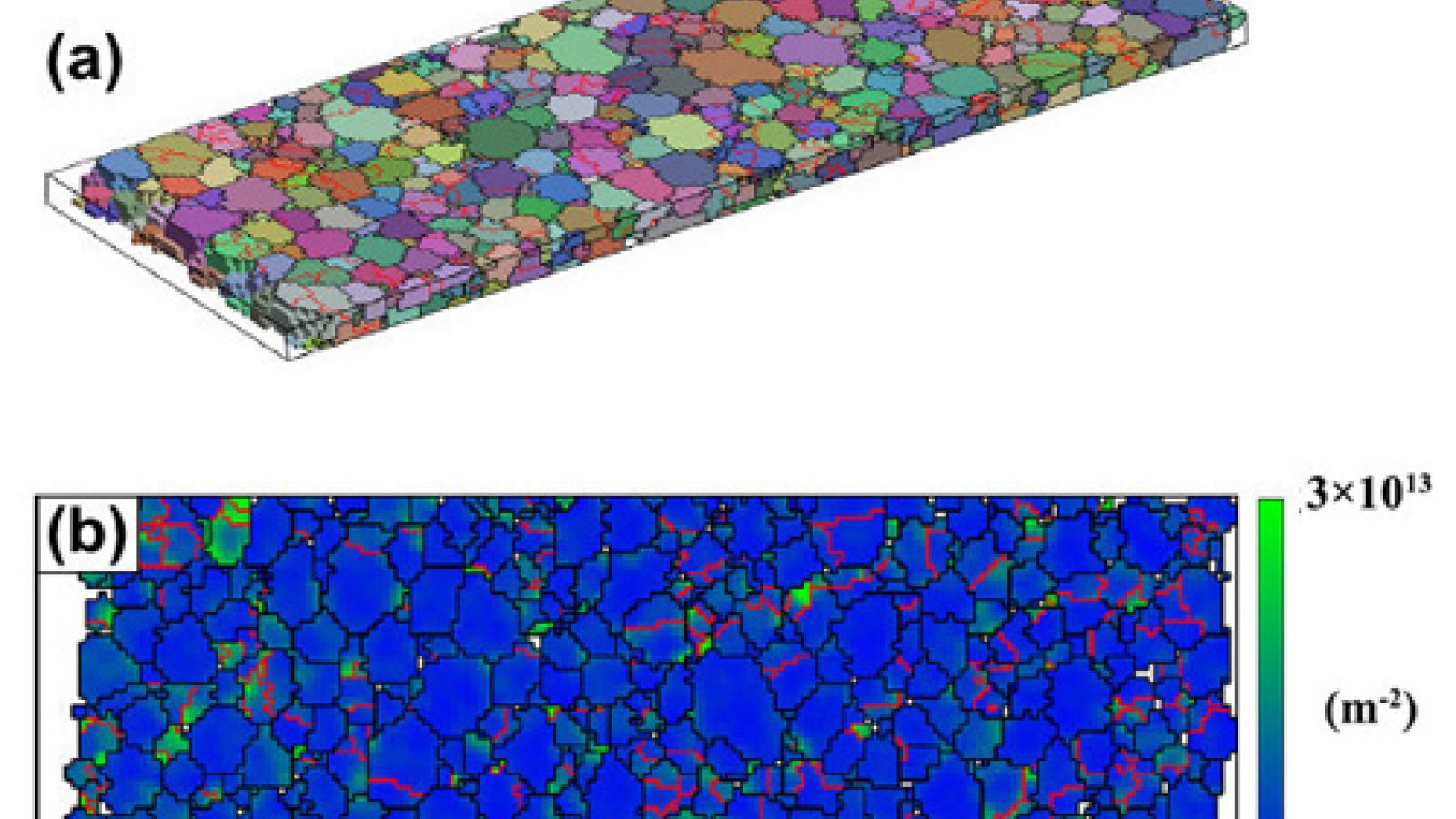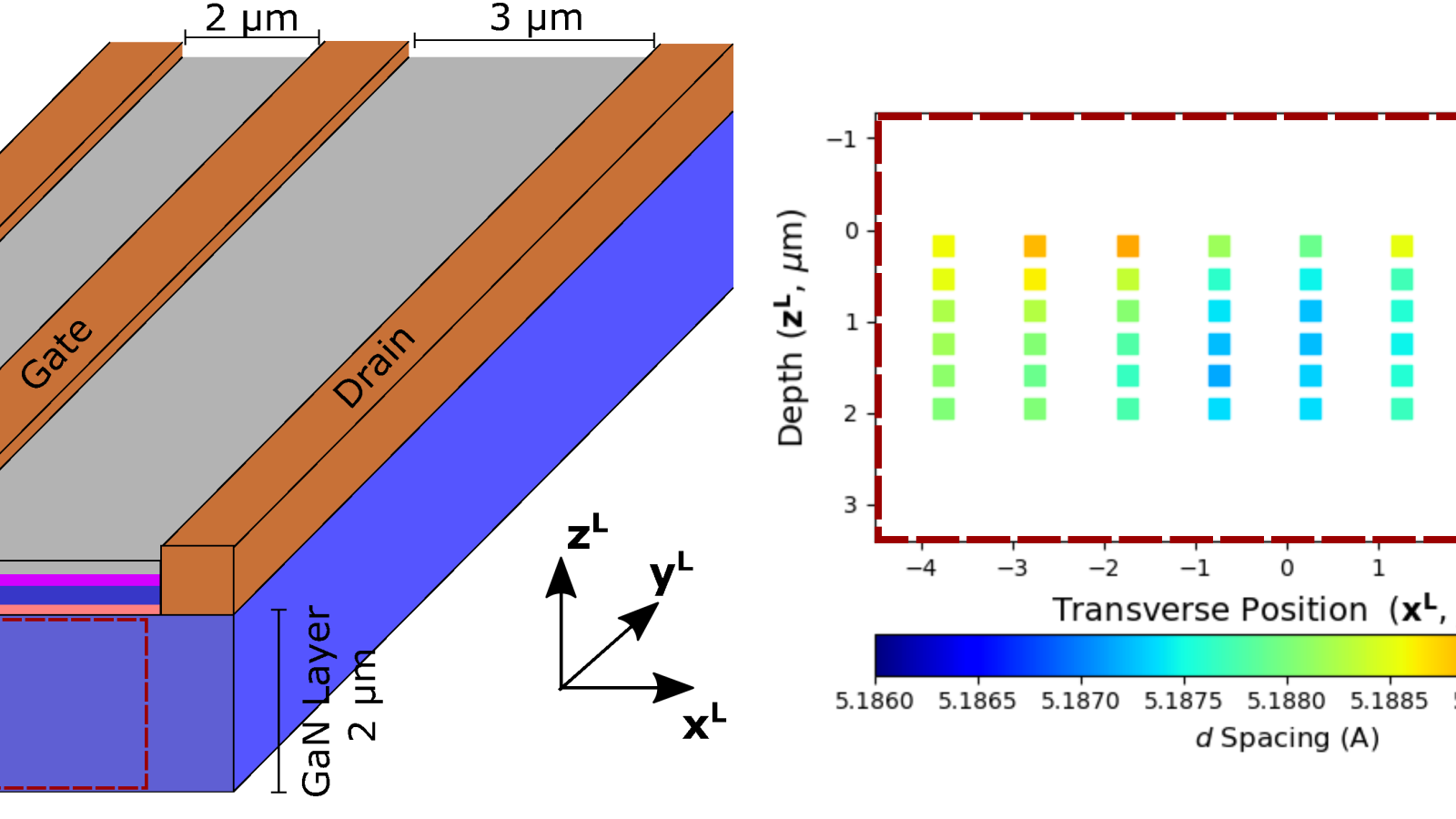06.11.2018
Sometimes a good theory just needs the right materials to make it work. That’s the case with recent findings by University of Tennessee, Knoxville’s physicists and their colleagues, who designed a...
4-ID-D, 6-ID-B,C, 33-BM-C
03.20.2019
"Frustration" plus a pulse of laser light resulted in a stable "supercrystal" created by a team of researchers from two U.S. universities and three U.S. Department of Energy national laboratories, inc...
7-ID-B,C,D, 11-ID-D, 33-BM-C, 33-ID-D,E
04.28.2020
A multi-national team of researchers using the U.S. Department of Energy’s APS probed the magnetic and crystalline properties of two superlattices and described magnetic tunability that should prove...
6-ID-B,C, 27-ID-B, 33-BM-C
03.22.2018
Hydrogen fuel cells can be used for portable technologies that must function for long periods without recharging. Such fuel cells often use metal hydrides to store hydrogen, and work much the same way...
34-ID-C
11.16.2018
Scientists using two synchrotron x-ray light sources including the U.S. Department of Energy’s Advanced Photon Source have an explanation for the cause of performance-reducing “voltage fade” tha...
34-ID-C
01.16.2020
New research at the U.S. Department of Energy’s Advanced Photon Source promises new insights for the optimization of high-performance materials for aerospace and power generation....
34-ID-C, 34-ID-E
04.27.2020
Results obtained at the U.S. Department of Energy’s APS promise unprecedented imaging of complex crystalline materials and polycrystalline interfaces and will encourage broader use of coherent x-ray...
34-ID-C
05.07.2021
Nanoscale Defects Could Boost Energy Storage Materials: Some imperfections pay big dividends. X-ray nanoimaging at the U.S. Department of Energy’s Advanced Photon Source yields an unprecedented vie...
34-ID-C
07.06.2021
Better-Educated Neural Networks for Nanoscale 3-D Coherent X-ray Imaging: One of the inescapable realities of various imaging techniques is called the phase problem: the loss of phase information in ...
34-ID-C
01.31.2022
A New Cathode Coating to Significantly Improve High-Temperature Performance of Li-Ion Batteries: The exponential growth in the use of li-ion batteries is challenging researchers for designs that are b...
17-BM-B, 34-ID-C
08.29.2022
Revealing the Source of Degradation in an Advanced Lithium-ion Battery Cathode: The durability of lithium-ion batteries depends highly on the performance of the cathode, the battery's positive electr...
9-BM-B,C, 11-ID-C, 34-ID-C
01.23.2024
Methods aimed at identifying defects in cathodes must be able to assess their crystal structures during active charging/discharging, and in three dimensions. Researchers used the APS to track the evol...
34-ID-C
07.24.2024
A team of researchers has developed a new strategy for probing Li-ion battery workings at the microscopic level. Using the APS they were able to observe the dynamics of individual domains in the layer...
34-ID-C
03.22.2019
Understanding how chemical reactions happen on tiny crystals in liquid solutions is central to a variety of fields, including materials synthesis and heterogeneous catalysis, but obtaining such an und...
34-ID-E
09.22.2020
Work is based on research at two U.S. Department of Energy x-ray light sources including the Advanced Photon Source is part of a new study that solves a key, fundamental barrier in the electrochemical...
2-ID-E, 20-ID-B,C, 34-ID-E
06.14.2021
Revealing the Source of Unusually High Strength in Sintered Aluminum: A team of researchers set out to determine the factors behind the unusually high strength of certain sintered metals. Their insigh...
34-ID-E
08.05.2024
Seeking a different way to heal crystallographic defects, tested a low-temperature annealing technique utilizing electron wind force (EWF) to “push” defects out of materials. Evaluation showed tha...
34-ID-E

